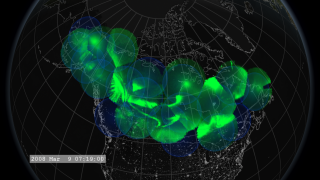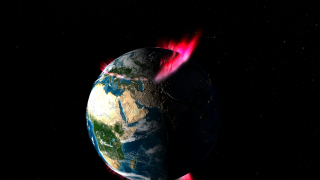Sun
Earth
ID: 10788
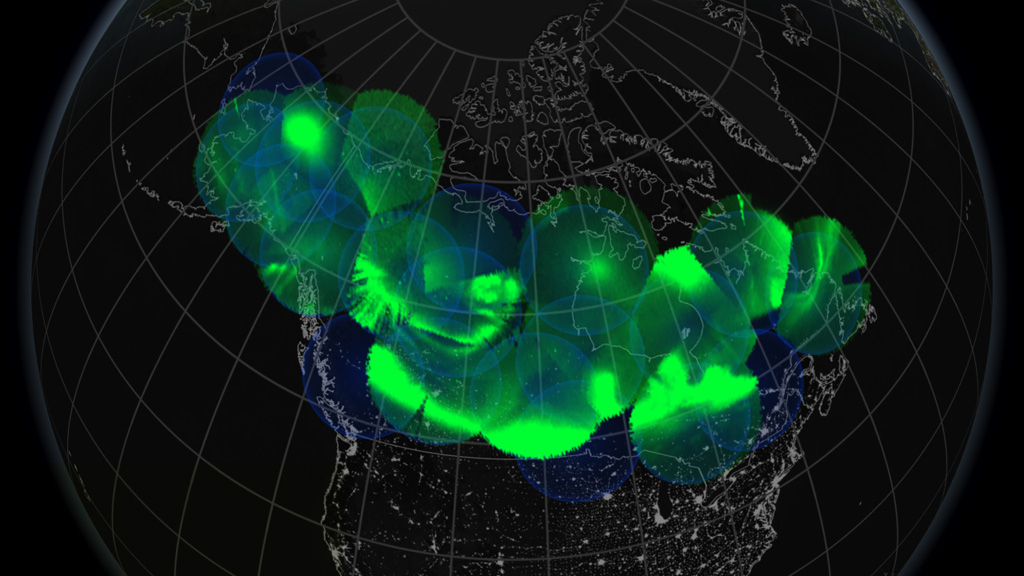
Why does the aurora borealis—the typically steady green bands of light common in the nighttime sky over the Arctic—occasionally erupt in bouts of activity that leave the sky shimmering with a full palette of reds, whites and purples? Scientists have long known that disturbances in Earth's magnetic field driven by the solar wind can trigger such auroral eruptions, but it hasn't been clear whether the disturbances originate near the Earth or at more distant points closer to the moon. In recent years, a series of five satellites and a network of ground-based instruments in the Arctic have finally helped provide an answer. Hermetically-sealed cameras, called All Sky Imagers, placed strategically throughout the American and Canadian Arctic, look upward to observe nearly the entire arc of the sky where auroras occur. The ground network, considered the sixth "satellite" of NASA's aurora-monitoring THEMIS mission, takes auroral snapshots each three-seconds all night long, every night. In 2008, it helped make a breakthrough discovery: the magnetic disturbances that cause auroras to erupt begin about a third of the way to the moon when stressed magnetic lines reconnect and send massive bursts of energy toward Earth. The visualization below shows the first major aurora eruption that the imagers observed.
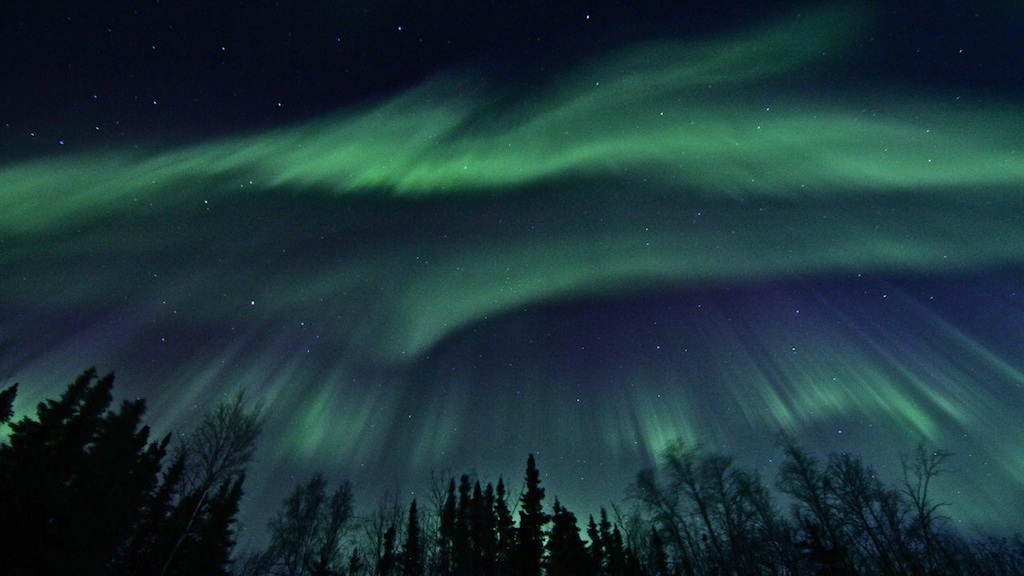
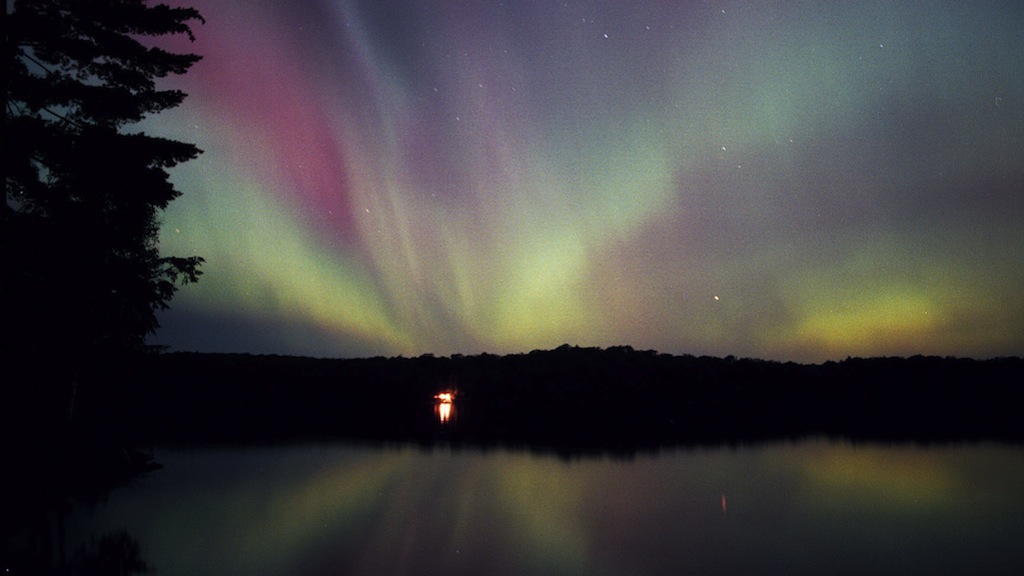
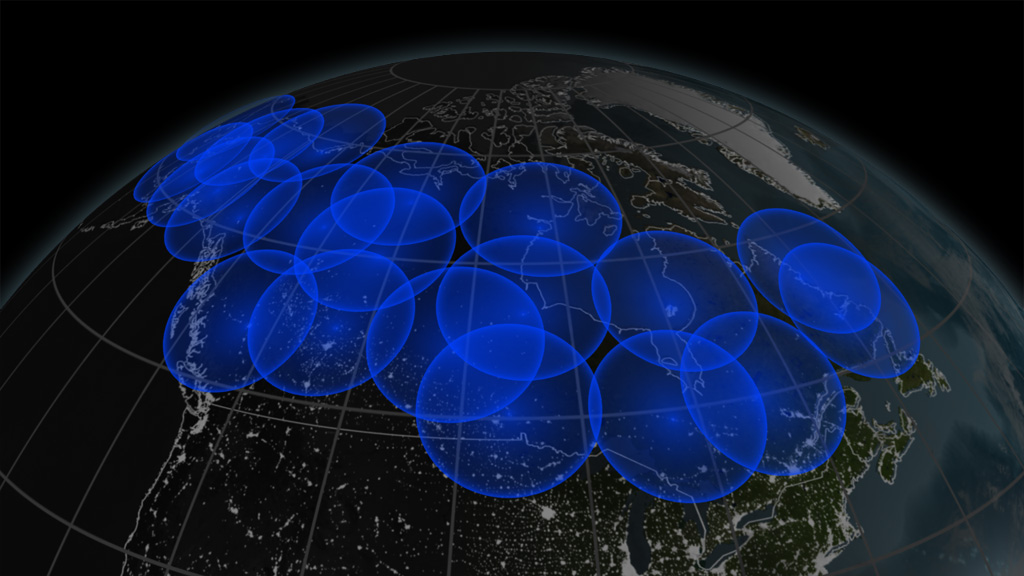
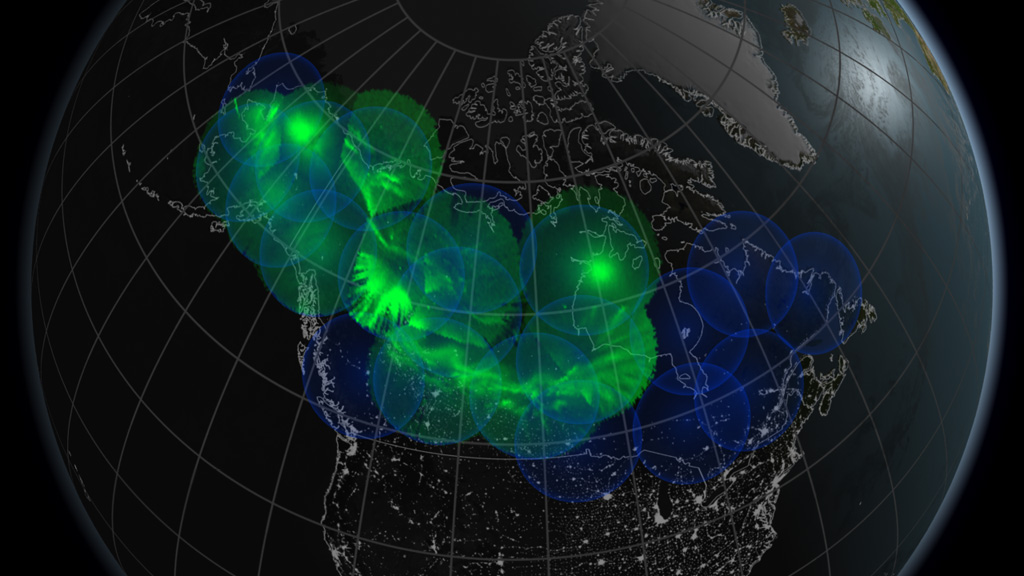
Why Auroras Erupt





Related Stories
Story Credits
Visualizers/Animators:
Tom Bridgman (Global Science and Technology, Inc.)
Greg Shirah (NASA/GSFC)
Walt Feimer (HTSI)
Producer:
Rani Gran (NASA/GSFC)
Lead Scientists:
Vassilis Angelopoulos (University of California at Berkeley)
David G. Sibeck (NASA/GSFC)
Harald Frey (University of California at Berkeley)
Nicola Fox (Johns Hopkins University/APL)
Lead Writer:
Adam P. Voiland (Sigma Space Corporation)
Tom Bridgman (Global Science and Technology, Inc.)
Greg Shirah (NASA/GSFC)
Walt Feimer (HTSI)
Producer:
Rani Gran (NASA/GSFC)
Lead Scientists:
Vassilis Angelopoulos (University of California at Berkeley)
David G. Sibeck (NASA/GSFC)
Harald Frey (University of California at Berkeley)
Nicola Fox (Johns Hopkins University/APL)
Lead Writer:
Adam P. Voiland (Sigma Space Corporation)
Please give credit for this item to:
NASA's Goddard Space Flight Center
NASA's Goddard Space Flight Center
Short URL to share this page:
https://svs.gsfc.nasa.gov/10788
Keywords:
SVS >> App
NASA Science >> Earth
NASA Science >> Sun
https://svs.gsfc.nasa.gov/10788
Keywords:
SVS >> App
NASA Science >> Earth
NASA Science >> Sun
